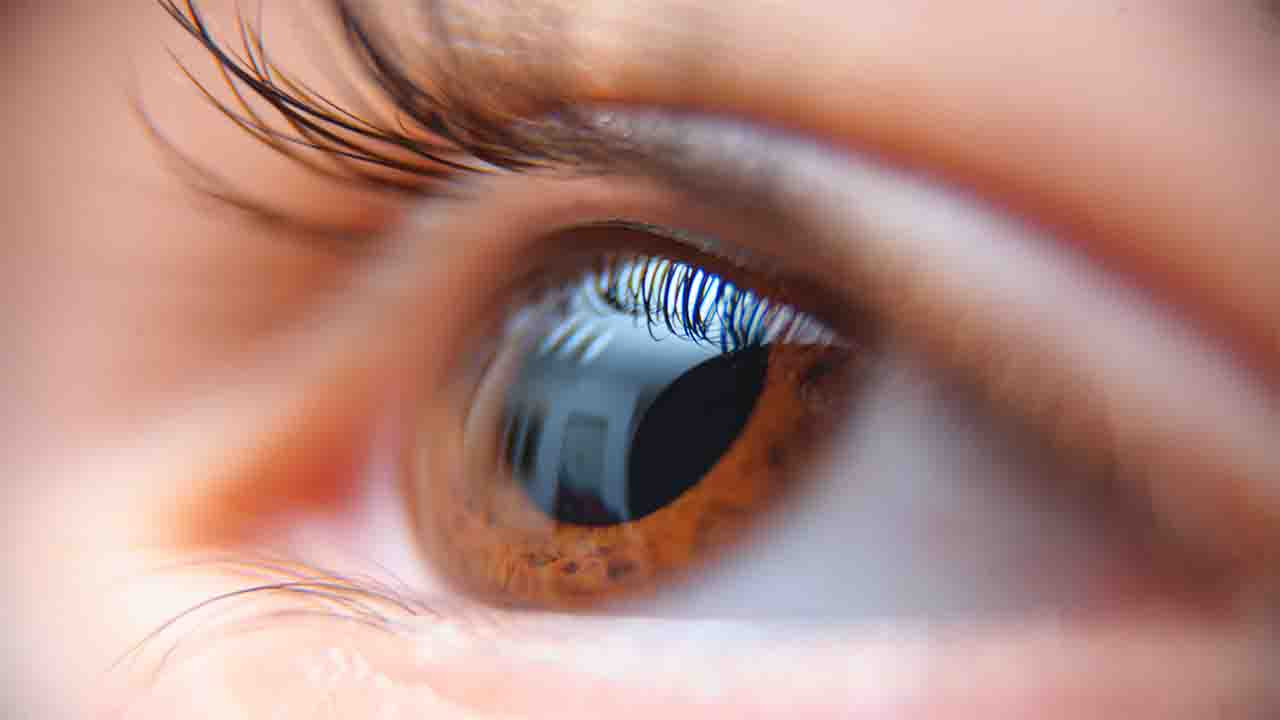New research proposes a naturally-occurring material is an active disinfectant for contact lenses, worn by millions of individuals worldwide.
Microbial keratitis is one of the most serious potential difficulties for contact lens wearers. It’s an infection of the cornea that is triggered by bacteria; the most common being Pseudomonas aeruginosa.
Earlier studies have indicated that current disinfecting solutions are not effective for averting biofilm, which is a collection of bacteria that cling to the surface of lenses.
Hydroquinine, an organic compound originating in the bark of certain trees, is identified to have bacterial-killing activity against Pseudomonas aeruginosa and numerous other clinically significant germs, including Staphylococcus aureus, Escherichia coli, and Klebsiella pneumoniae.
The researchers behind the finding, from the University of Portsmouth in England and Naresuan and Pibulsongkram Rajabhat universities in Thailand, have now discovered the possible use of multipurpose formulas containing hydroquinine as an antiseptic for contact lenses.
They examined the antibacterial, anti-adhesion, and anti-biofilm properties of hydroquinine-formulated multi-purpose solutions (MPSs), and then related them to two commercial MPSs; Opti-free Replenish and Q-eye. The natural compound eradicated 99.9% of bacteria during the period of disinfection.
The findings, published in Antibiotics, say these results may support the progress of novel disinfectants intended to fight the P. aeruginosa bacteria.
Dr. Robert Baldock from the School of Pharmacy and Biomedical Sciences at the University of Portsmouth stated that commercially accessible disinfecting solutions, which are made up of several chemicals, can sometimes cause responses with painful side effects.
We hoped to validate that a new agent made from natural raw materials may be an outstanding option to limit or decrease the risk of contact lens contamination.
It is stimulating to see how this investigation has advanced; from discovery to exploring possible applications.
There are up to 3.5 million reports of corneal infections yearly, and in extreme cases it can result in permanent eye injury and vision loss. The danger of microbial keratitis increases when someone wears contact lenses overnight and or longer than the suggested daily amount.
Corneal blindness from microbial keratitis is developing as the main cause of visual incapacity, according to the World Health Organization (WHO). WHO has also mentioned that multidrug-resistant P. aeruginosa is one of the most concerning pathogens.
Drug-resistant bacteria arise in more than 2.8 million contagions and are accountable for 35,000 deaths per year. Antimicrobial resistance happens when microorganisms change over time and no longer respond to medicines, making it harder to treat infections.
Amoxicillin and Trimethoprim are frequently prescribed antibiotics that certain strains of P. aeruginosa have become resistant to.
Hydroquinine is already recognized to be an effective agent against malaria in humans, and it is also being utilized in the Netherlands to fight nocturnal muscle cramps. Until now, there has been little investigation into its drug-resilient properties.
Principal author, Sattaporn Weawsiangsang from the Faculty Of Allied Health Sciences at Naresuan University, is presently a visiting scientist at the University of Portsmouth.
She said, our primary findings propose that soaking contact lenses in a multi-purpose solution comprising hydroquinine is probably helpful to prevent contamination and infection.
However, additional investigation is required to determine whether hydroquinine itself also has opposing reactions or toxicity.
We are continuing to examine the compound on several cells, and so far, the results are promising. This possible expansion could contribute to the formation of new disinfectants from natural products, efficiently combating P. aeruginosa infections and reducing cases of corneal infections.
The investigation completes by mentioning further study probing the effectiveness of hydroquinine with numerous diverse contact lens materials, and against other pathogenic microorganisms.
The study also proposes that an organic compound derived from trees shows potential in averting contact lens-related eye infections, and underscores the potential of natural materials in enhancing eye care. It pinpoints avenues for future investigation in developing defensive measures against such diseases.








